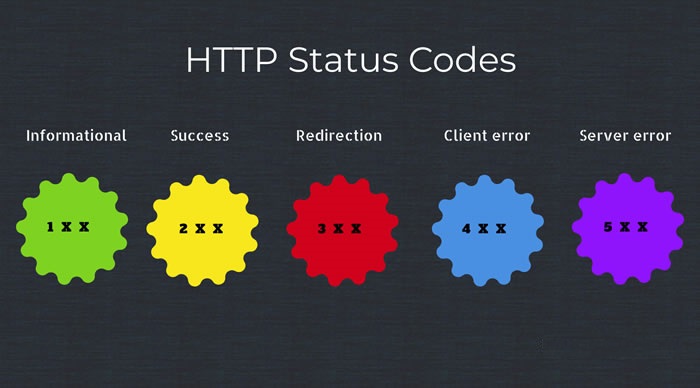The HTTP Status 200 (OK) status code indicates that the request has been processed successfully on the server. The response payload depends on the HTTP method that was selected for the request.
The HTTP 200 status code is defined in RFC-7231, which is part of the broader RFC 7230-7235 series that describes the HTTP/1.1 protocol. The document provides comprehensive information about its usage and semantics. It’s the go-to resource to understand the intricacies of HTTP 200.
1. Response Entity
HTTP status code 200 is used in a variety of scenarios, all of which share the common theme of successful client requests. The response body depends on the HHTP method used and can be interpreted as follows:
| HTTP Method | Response Payload |
|---|---|
| GET | An entity corresponding to the requested resource is sent in the response. |
| HEAD | The response has only HTTP header fields and no payload is sent in response. |
| POST | The response generally contains information about progress status representation or the result of an action that was performed in request. |
| PUT | Progress status representation of request is sent in response. |
| DELETE | Progress status representation of request is sent in response. |
| OPTIONS | A list of valid request methods associated with the resource using Allow header. e.g. Allow: HEAD, GET, OPTIONS Content-Length: 18 Content-Type: text/plain;charset=UTF-8 Date: Thu, 06 Apr 2017 06:43:59 GMT Server: Apache-Coyote/1.1 |
| TRACE | A representation of the request message as received by the end server. |
3. HTTP Headers
While an HTTP 200 response generally indicates success, the accompanying headers can convey details about the requested resource, caching, and content types.
- Content-Type: Specifies the media type (e.g., JSON, HTML) of the response body.
- Content-Length: Indicates the size of the response content in bytes.
- Cache-Control: Defines caching directives for the client or intermediary caches.
- Last-Modified: Informs the client about the resource’s last modification date.
These headers are crucial for understanding the nature of the response and how the client should handle it.
3. Important Facts
- A 200 response always has a payload, though an origin server MAY generate a payload body of zero length or empty payload.
- If the server does not want to send any payload in response, then it should send HTTP status 204 (No Content) instead.
- By default, 200 (OK) responses (header and payload) are cacheable. If caching needs to be overridden then the response must include cache respective cache headers.
- Never return HTTP 200 for failed requests.
Happy Learning !!

Comments